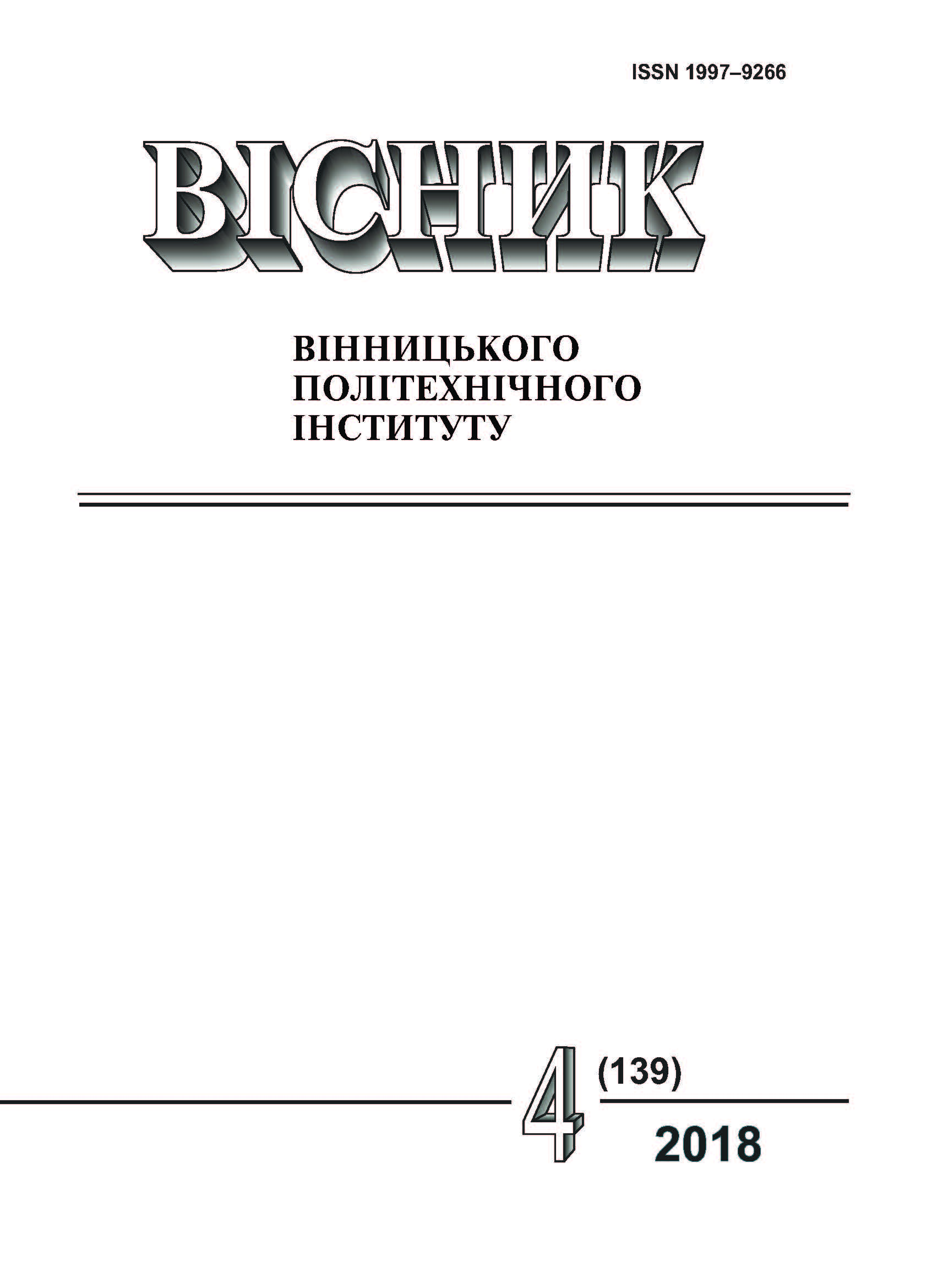Liquefied Gas in the Energy Complex of Ukraine
Keywords:
liquefied gas, mercaptans, special additivesAbstract
The dynamics of consumption of liquefied petroleum gas (LPG) for 2010—2016 was analyzed and a forecast was made by the end of 2017. The necessity of development of the LPG sector in the national energy sector was substantiated. There have been determined the main technical requirements and qualitative parameters of LPG gas, which depend on the content of the main components and technology of its production and are regulated by the existing normative documents of Ukraine, in particular, the topicality of analysis of sulfur compounds in the composition of LPG gas was indicated.
It was shown the structure of resource filling of the Ukrainian market of LPG gas, the characteristic feature of which still remains the deep dependence on import deliveries. So, according to the results of 2016, the Russian Federation remains the largest supplier of LPG gas in Ukraine with a market share of 54 %, and in total, with Belarusian producers dependent on Russia, 70 %. This is due to the lack of any restrictions on the delivery of LPG by Russian producers to Ukraine over the past three years and a logistical advantage, and therefore for Russian producers, Ukraine remains a more economically advantageous market compared with, for example, Poland or Turkey. At the same time, the most powerful among Ukrainian producers are «Ukrgasvydobuvannya», «Ukrnafta» and «Ukrtatnafta» with a total volume of liquefied gas production of only 377 thousand tons (26 %). This can be partly explained by the absence of own raw materials for increasing the capacity of Ukrainian LPG gas production.
It is shown that Ukrainian oil and gas refineries cannot provide production of high-quality automotive liquefied gas, therefore the available LPG gas is processed by additives, which can significantly reduce its negative impact on the engine and the environment. To improve the quality and performance of LPG gas, packages of additives from industrial companies such as Innospec (Octimise series) and Petrol (AQUAGASOL, CORIMSOL series) were used. There also have been presented the basic physical and chemical characteristics of these additives and their mechanism of action.
References
А. Куюн Скраплений газ: бар’єрам усупереч. [Електронний ресурс]. Режим доступу:
https://dt.ua/energy_market/skrapleniy-gaz-bar-yeram-usuperech-_.html. Дата звернення: Січ. 14, 2018.
ДСТУ 4047-2001. Гази вуглеводневі скраплені паливні для комунально-побутового споживання. Технічні умови.
ГОСТ 27578-87. Газы углеводородные сжиженные для автомобильного транспорта. Технические условия.
Підсумки від Української Асоціації скрапленого газу. Рік 2015. [Електронний ресурс]. Режим доступу: http://uasg.com.ua/ua/golovna/item/7731-pidsumky-vid-ukrainskoi-asotsiatsii-skraplenoho-hazu-rik-2015
А. Ф. Пушак, В. А. Пушак, П. И. Топильницкий и В. В. Романчук. Улучшение качества сжиженного углеводородного газа. Львов, Украина: Предприятие ДЕОЛ, 2014.
Downloads
-
PDF (Українська)
Downloads: 603
Published
How to Cite
Issue
Section
License
Authors who publish with this journal agree to the following terms:
- Authors retain copyright and grant the journal right of first publication.
- Authors are able to enter into separate, additional contractual arrangements for the non-exclusive distribution of the journal's published version of the work (e.g., post it to an institutional repository or publish it in a book), with an acknowledgment of its initial publication in this journal.
- Authors are permitted and encouraged to post their work online (e.g., in institutional repositories or on their website) prior to and during the submission process, as it can lead to productive exchanges, as well as earlier and greater citation of published work (See The Effect of Open Access).





